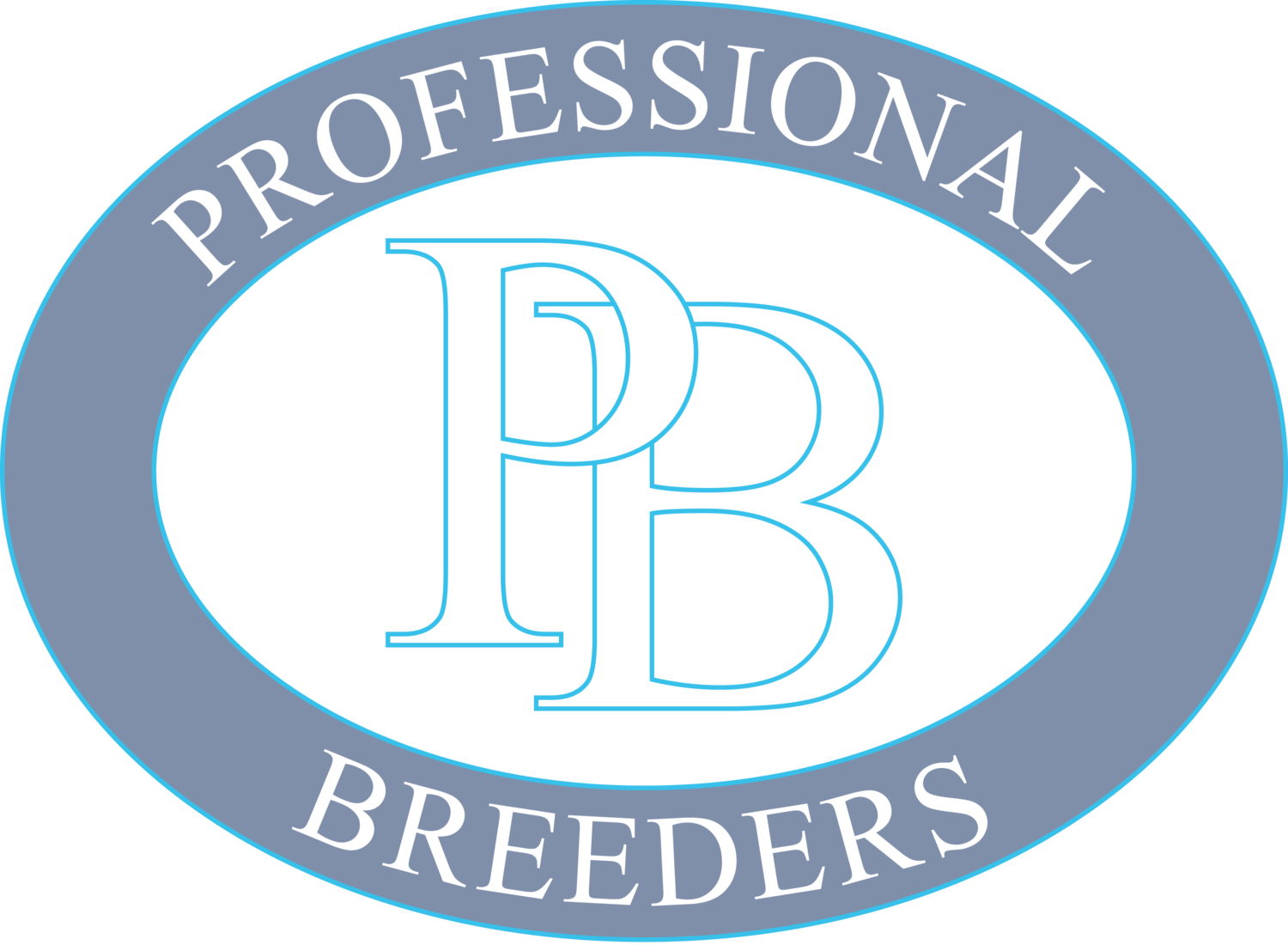HUSBANDRY AND REARING INFORMATION FOR HATCHLING BALL PYTHONS
Caging and initial
set-up specifications
1. Hatchlings should be housed individually to optimize feeding response.
2. Caging should consist of one of the following options:
- A lidless plastic shoe box rack system with multiple box capacity and recessed heat tape or cable. Plastic shoe box size is approximately 12"L x 6 1/2"W x 3 1/2"H. This is the optimum choice for rearing multiple offspring. - plastic shoe box with lid on a shelving unit.
- Glass or plastic aquarium or terrarium of 5 to 10 gallon size.
3. Interior caging requirements:
- A hiding box of appropriate dimensions positioned in the back 1/3 of the caging unit above the heated area.
- A water cup or dish that cannot be tipped over. We use disposable 2 ounce plastic souffle cups placed inside the 2 inch opening of a flat bottom 2 inch x 1/2 inch PVC reducer bushing.
- Substrate consisting of Sani-Chips, Aspen shavings, White Pine shavings, or other suitable material. We use and prefer Sani-Chips over all other substrates.
4. Heating requirements:
- Utilize a heat tape, heating cable, heating plate or pad that can be wired or rewired for thermostatic control. A Helix proportional thermostat or similar manufactured device with a remote heat sensing probe is ideal for maintaining a constant set temperature. - position the heating device under the back 1/3 of the shoe box or other caging.
- Set the thermostat so that the surface temperature on top of the substrate in the back 1/3 of the caging unit above the heated area remains between 82 - 87 degrees Fahrenheit. Use an accurate probe thermometer to check this temperature.
Feeding parameters
and techniques
Technique 1
An ideal feeding schedule interval for newborn hatchlings and juveniles up to 20-24 inches in length is one feeding every 7 days interrupted only by the shed phase. The number and size of individual food items should be increased on the every 7 day schedule as the hatchling grows beginning with fuzzie mice or pinkie rats as a new hatchling and moving on to larger mice or fuzzie rats as the growing juvenile can readily handle them.
Technique 2
The hatchlings have been started on fuzzie mice. Feeding response usually remains consistent for the first 6 months. A sporadic feeding response after the first 6 months is common. Live feeding is usually always the most successful technique for all age classes of Ball Pythons. When presented with live food a feeding response is usually observed in the first 10 minutes or no response occurs for that feeding attempt. Do not be overly concerned about periods of no feeding response which can some- times last for 2 months when raising hatchlings and juveniles or maintaining adults.
Technique 3
Transfer the juvenile into a temporary juvenile caging unit with a minimum of 2 sq. feet of floor space when a total body length of 15-17 inches is reached. Provide an appropriate size hiding box. Continue every 7 day feeding schedule.
Technique 4
Transfer the sub-adult into a permanent adult caging unit with a minimum of 3 1/2 sq. feet of floor space when a total body length of 22-24 inches is reached. Provide an appropriate size hiding box if desired or necessary for consistent feeding response. Utilize an every 7 to 14 day feeding schedule of fuzzie to juvenile ( 8 week old) rats.

